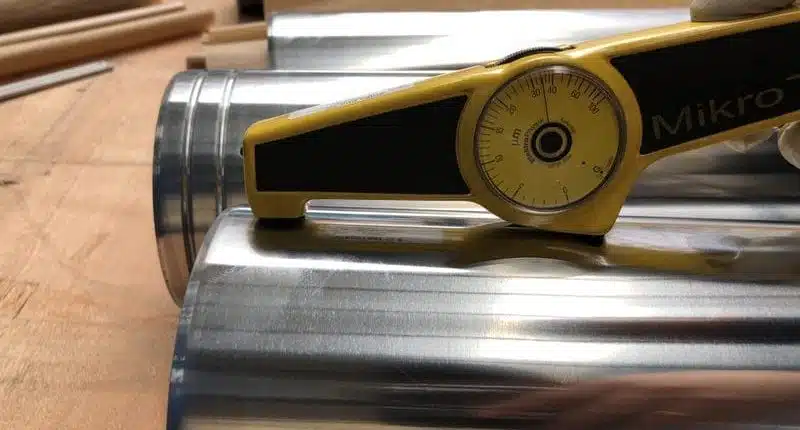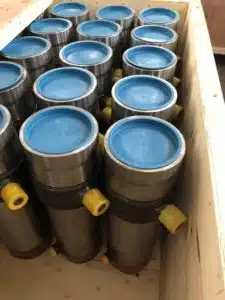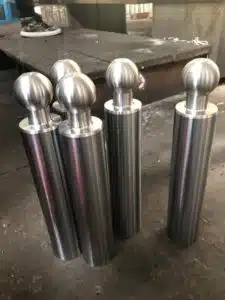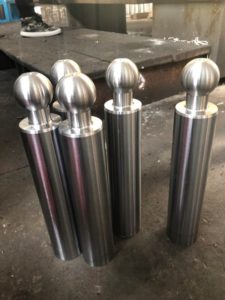Hydraulic cylinders. Working principles of various hydraulic systems
A hydraulic cylinder is a motor that works with the help of a working fluid, piston type operation principle, and back-and-forth motions. The scope of application of hydraulic motors is extensive. Hydraulic motor driven mechanisms are used, for example, in forging presses, lifters, pumps, in construction and machine building, where a powerful motor is needed. Hydraulic cylinders come in various versions and are classified by action types:
Working principle
The pressure created by a fed working fluid is the basis for the operation of a hydraulic cylinder. Back-and-forth motions of the piston in the piston chamber and the rod that connects the piston to the crosshead (sliding bar) generate force that produces power for a hydraulic cylinder. The connecting rods of a piston are called hydraulic cylinder rods.
In a single-acting hydraulic cylinder, the working fluid comes into the cylinder from one hydraulic tank and presses down on the piston from one side, creating a return stroke of the rod. The return spring actuates a forward stroke.
In a double-acting cylinder, the return spring is absent, its role is performed by the second hydraulic tank, creating pressure on the piston from the other side and, as a result, providing reciprocating motions of the mechanism.
Telescopic hydraulic cylinders, having a small size when retracted, create an increased piston stroke when extending. This creates a constructive solution that resembles a telescope. Each inserted cylinder is a rod for another one.






